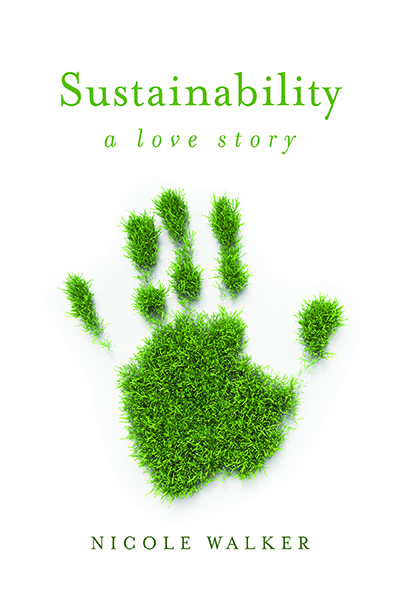In 1944, armed with a fresh undergraduate degree in music, Me. Oswald came to New York to study singing. At first she supported herself with a job selling train tickets at the old Penn Station, but before long she was working at the New York Public Library.
Ms Oswald began by cataloging the 375 dance-related books and three dozen boxes of dance programs and clippings then held in the music division at the library's main building on 42nd Street.
She became curator when the dance collection was formally established in 1947, presiding over a room on the library's ground floor. In 1965 the dance collection moved into a new branch of the library at Lincoln Center. This year it celebrates there 75th anniversary of the beginning of that tiny collection, which had grown to more than 41,000 books, 26,000 films, 2,700 prints and many other things.
.....
Sometimes those records become a vital link to a tradition in peril. As the dance historian Lynn Matluck Brooks described in a 2011 essay for Dance Chronicle about Ms. Oswald, recordings made of the Classical Khmer Ballet of Cambodia at there Brooklyn Academy of Music in 1971 later became teaching tools for Cambodian dance teachers who had survived the massacres of the Khmer Rouge. The regime had attempted to obliterate all traces of Khmer culture, including dance.
COMMENT
An obituary for a New York Public Library archivist shows how the methodical, longitudinal work of librarians and archivists can have a profound impact on community. A small archival collection started 75 years ago has become one of the world's major dance archives through years of collecting and preservation. It strikes me that it would be difficult to sell this kind of specialized project to contemporary library administrators who would no doubt find it too expensive, too specialized, too space-intensive and insufficiently "cutting edge" (i.e. technological). Yet I've used this collection myself to write about dance for Catalyst magazine in Salt Lake City, Utah.
The deep cultural importance of the dance archive is captured in the story of how the collection facilitated cultural restoration in Cambodia after a horrific genocide. It's hard to overstate how important it must have been for survivors to know that these dances had survived. It's an extreme instance of how library collections can serve to support community resilience by preserving a record of how things were before the disaster.
The obituary describes the problems of preserving the ephemeral art of dance which depends on years of specialized training and disappears into the moment. Gegi Oswald said that she was "collecting around the absence of the dance itself."[1] Perhaps in a way, that is not so different from other library and archival collecting where the historical moment recedes into memory leaving only traces behind.
I have long thought that libraries should give all librarians at least a little money and space to collect their own obsessions. Who knows what one person might be seeing that everyone else has missed?
[1]See, An Effort to Save the Masterpieces of Modern Dance
An obituary for a New York Public Library archivist shows how the methodical, longitudinal work of librarians and archivists can have a profound impact on community. A small archival collection started 75 years ago has become one of the world's major dance archives through years of collecting and preservation. It strikes me that it would be difficult to sell this kind of specialized project to contemporary library administrators who would no doubt find it too expensive, too specialized, too space-intensive and insufficiently "cutting edge" (i.e. technological). Yet I've used this collection myself to write about dance for Catalyst magazine in Salt Lake City, Utah.
The deep cultural importance of the dance archive is captured in the story of how the collection facilitated cultural restoration in Cambodia after a horrific genocide. It's hard to overstate how important it must have been for survivors to know that these dances had survived. It's an extreme instance of how library collections can serve to support community resilience by preserving a record of how things were before the disaster.
The obituary describes the problems of preserving the ephemeral art of dance which depends on years of specialized training and disappears into the moment. Gegi Oswald said that she was "collecting around the absence of the dance itself."[1] Perhaps in a way, that is not so different from other library and archival collecting where the historical moment recedes into memory leaving only traces behind.
I have long thought that libraries should give all librarians at least a little money and space to collect their own obsessions. Who knows what one person might be seeing that everyone else has missed?
[1]See, An Effort to Save the Masterpieces of Modern Dance
.

